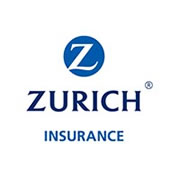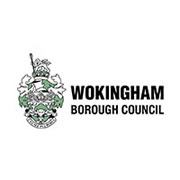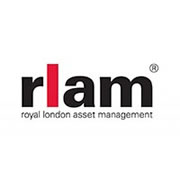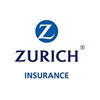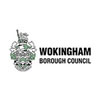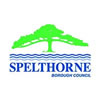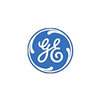Display Energy Certificates
The Law
The EU introduced the Energy Performance of Buildings Directive (EPBD) in 2003. The UK Government followed with the Energy Performance of Buildings (Certificates and Inspections) Regulation in 2007. Commercial and public sector buildings contribute over 20% of the UK’s carbon footprint. The introduction of Display Energy Certificates (DECs) for public buildings is part of a series of legislation to dramatically improve the energy efficiency of the UK’s building stock, both new and existing.
What is a DEC?
A DEC shows the energy performance of a building based on actual energy consumption. The rating is an indicator of the annual CO2 emissions caused from operating the building. This rating is shown on a scale from A to G, where A is the lowest CO2 emissions (best) and G is the highest CO2 emissions (worst). Also shown on the certificate are the ratings for the previous two years; this provides information on whether the energy performance of the building is improving or not. The rating is based on the amount of energy consumed over a period of 12 months and is taken from meter readings.
Valid Period
The DEC must be updated annually with the previous 12 month’s energy data reflected. The first year’s DEC is accompanied by an Advisory Report which highlights basic recommendations to improve the energy performance of the buildings (such as building fabric and services). The Advisory Report is valid for seven years.
Responsibility
It is the legal responsibility of the occupier of the building to comply with these Regulations. The occupier must display a valid DEC clearly visible to the public. A DEC is required for all buildings with a gross internal floor area (GIA) over 1,000 sq m, that are occupied in whole or part by public services and that are frequently visited by the public.
EPCs v DECs
Energy Performance Certificates (EPCs) are now commonplace. In fact almost 20% of the UK’s entire building stock has an EPC energy efficiency ‘stamp’. EPCs differ greatly from DECs. An EPC is a notional energy performance rating and assumes that the building will be properly operated. A DEC shows actual energy performance based on real energy data. DECs can only be produced for occupied buildings where energy is being used. Many people consider a DEC to be a far more powerful tool for improving year-on-year energy efficiency. If an EPC also exists for a building it must be recorded on the DEC for all to see.
Public Database
The Regulations require that all DECs are lodged on the UK Government’s Landmark database where they can be freely inspected by the general public. This public accountability is designed to encourage building occupiers to improve the energy efficiency of their buildings.
Non compliance
The penalty for failing to display a DEC at all times is £500. The penalty for failing to have a valid Advisory Report is £1,000. The Regulations are enforced by local Trading Standards officers who can repeat the penalty every 28 days of non-compliance. Organisations also run the risk of severe reputational damage for failing to comply with this important environmental legislation.
Display Energy Certificates (DECs) – The Facts for Professionals - Downloads
Our Clients
VITAL
Grenville Court, Britwell Road, Burnham, Slough SL1 8DF
Tel: 0345 111 7700
Email: info@vitaldirect.co.uk
Company name: Vital Direct Limited
Company number: 11313851
Registration country: England & Wales
Registered office: Grenville Court, Britwell Road, Burnham, Slough SL1 8DF
VAT number: 296672057GB



